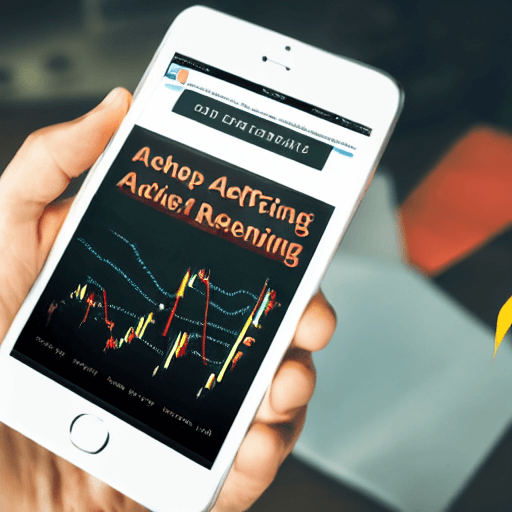

Meta advertising, encompassing Facebook and Instagram ads, represents a colossal opportunity for businesses of all sizes. However, simply launching an ad campaign and hoping for the best is a recipe for wasted budget and missed opportunities. True success hinges on a deep understanding of your ad performance and the ability to continuously optimize your campaigns based on data. This article provides a comprehensive deep dive into Meta ad reporting and analytics, equipping you with the knowledge and strategies needed to maximize your return on investment (ROI).
Meta’s ad reporting interface can seem overwhelming at first glance. It’s designed to provide a granular view of your campaign performance, but knowing where to look and what to interpret is crucial. The primary reporting dashboard is accessible through Meta Business Manager. Let’s break down the key sections:
It’s important to note that Meta’s reporting is constantly evolving. New metrics and reporting options are regularly introduced. Staying updated with Meta’s announcements is essential for leveraging the latest tools.
Not all metrics are created equal. Focusing on the right metrics is paramount to understanding your campaign’s effectiveness. Here’s a breakdown of the most important metrics to track:
Remember that the specific metrics you prioritize will depend on your business goals. If your primary goal is brand awareness, you’ll focus on impressions and reach. If your goal is sales, you’ll prioritize conversions and ROAS.
Conversion tracking is the cornerstone of effective Meta advertising. Without it, you’re essentially flying blind. The Meta Pixel is a small piece of code that you install on your website. It tracks user behavior on your site, allowing you to attribute conversions to your Meta ads.
Here’s how the Pixel works:
Properly configured conversion tracking is essential for accurate reporting and optimization. Ensure that your Pixel is firing correctly and that you’re tracking the right events.
Once you have a solid understanding of your key metrics, you can start optimizing your campaigns for better performance. Here are some proven optimization strategies:
Don’t be afraid to experiment and iterate. Continuous optimization is key to maximizing your ROI.
Beyond the basic metrics, Meta offers several advanced analytics features that can provide deeper insights into your audience and campaign performance:
Leveraging these advanced analytics features can significantly improve your targeting and campaign effectiveness.
Meta offers several reporting tools and integrations that can streamline your analysis:
Integrating your Meta data with other tools can provide a more complete picture of your marketing efforts.
Effective Meta advertising requires a combination of strategic planning, meticulous tracking, and continuous optimization. By understanding your key metrics, leveraging conversion tracking, and utilizing advanced analytics features, you can significantly improve your campaign performance and achieve your marketing goals. Remember that Meta advertising is an ongoing process – constantly monitor your data, experiment with new strategies, and adapt to changing trends to stay ahead of the curve.
Don’t be afraid to seek out resources and training to improve your Meta advertising skills. The Meta Business Help Center is a valuable resource, and there are numerous online courses and tutorials available.
Good luck!
Tags: Meta Ads, Facebook Ads, Instagram Ads, Ad Reporting, Analytics, ROI, Optimization, Targeting, Conversion Tracking, Pixel, Meta Business Manager
[…] is essential for tracking your progress and identifying any issues. GAM provides detailed reporting and analytics that allow you […]